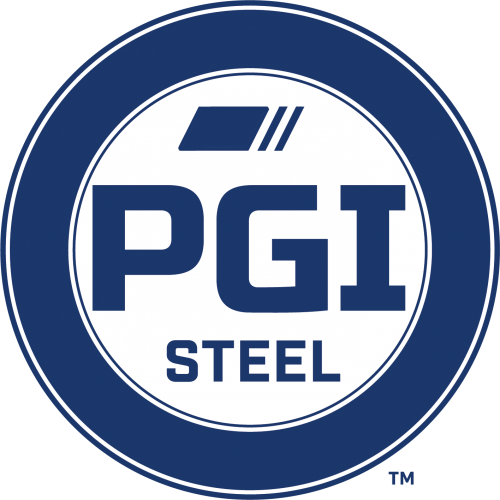Wear Plates and Abrasion Resistant Steel Parts
Abrasion resistant wear plates (AR Plate) or steel liners are used in many applications where friction between two parts or materials creates degradation. Wear plates are expendable items that are used to prevent excessive wear or damage to expensive equipment.
Steel wear plates may bolt onto a machine that slides or rotates in a manufacturing process, while they can also be found where manufactured parts or minerals are regularly rubbing or abrasively contacting the surface. Wear plate is commonly a type of abrasion resistant steel plate that is considered extremely durable, especially under harsh conditions.
What types of companies usually order wear plates?
Any company that has equipment with components that slide against each other or that are exposed to abrasive or corrosive materials or impact damage such as steel mills, pipe mills, aluminum mills, chemical companies, mining, military, etc. Wear plates and liners can be made from many different materials: C954 Aluminum Bronze, 4140QT, 4340QT, AR400, and AR500 are very common.
How are wear plates used?
Wear plates or liners are used to prevent damage to the main machinery due to abrasion or impact and to increase the life of the machine. Examples of machines or components that might require wear plates or liners are:
- Crushers
- Shredders
- Casting equipment
- Steel and aluminum mill equipment
- Heavy earth moving and lining equipment
- Wear blades
- Choppers
- Scrapers
- Mining tools
- Chippers
- Punch press applications
- Punch press applications
- Wear rings
- Wear segments
- Bucket scrapers
What types of material are wear plates made of?
Wear plates can be made of mild steel, abrasion resistant grades ranging from A514 to AR400 or AR500, flame hardened grades such as 1045 or 4140 or through hardened materials such as 1045,4140, A2, D2, S7 and others. Abrasion resistant wear plates are designed to unbolt from your equipment, allowing you to re-grind and re-shim to the original height of your equipment or replace with another liner.What else should I know before I order my wear plate?
You should know the what hardness of the plate is and what the intent is of the liner. The harder the plate that is used, the longer it will last in service, but there are trade-offs. For some parts, you will need a softer material that is intended to wear out before your primary surface. In some cases, we can modify your equipment to incorporate these liner plates when not in the original equipment design. If your equipment has lost some efficiency or does not hold the same tolerances as new, inspect the worn parts. There could be an easy and cost effective fix to the problem.
